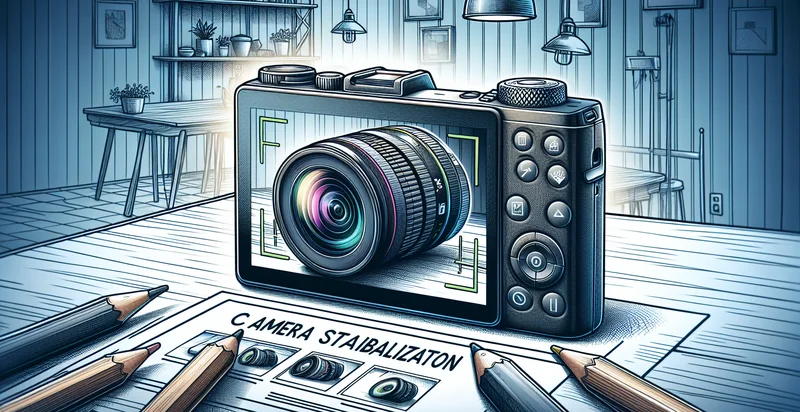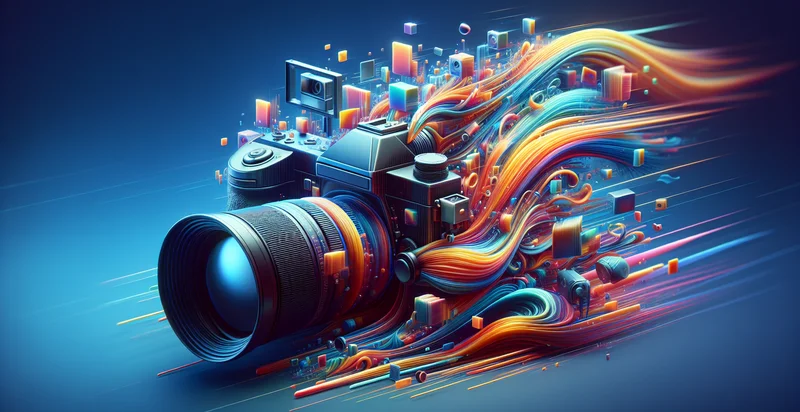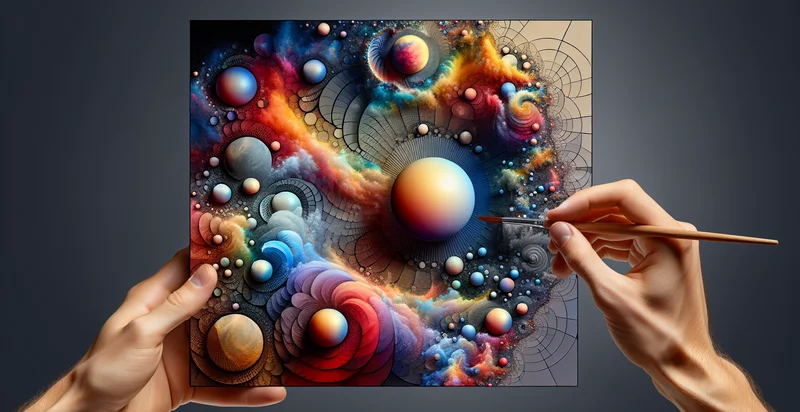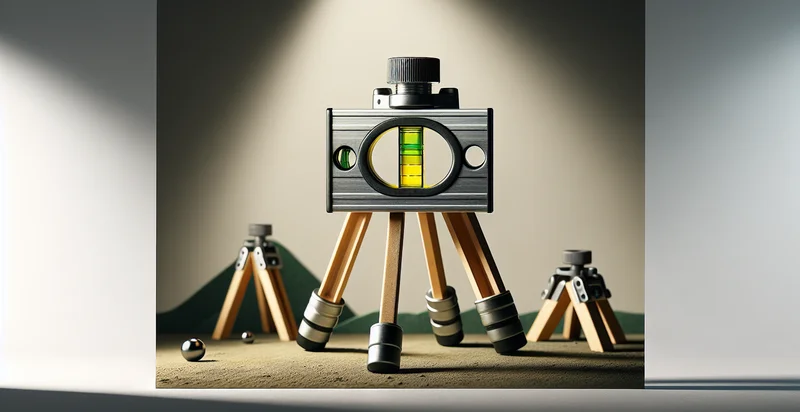Identify camera stabilization quality
using AI
Below is a free classifier to identify camera stabilization quality. Just upload your image, and our AI will predict the quality of camera stabilization in various conditions - in just seconds.

Contact us for API access
Or, use Nyckel to build highly-accurate custom classifiers in just minutes. No PhD required.
Get started
import nyckel
credentials = nyckel.Credentials("YOUR_CLIENT_ID", "YOUR_CLIENT_SECRET")
nyckel.invoke("camera-stabilization-quality", "your_image_url", credentials)
fetch('https://www.nyckel.com/v1/functions/camera-stabilization-quality/invoke', {
method: 'POST',
headers: {
'Authorization': 'Bearer ' + 'YOUR_BEARER_TOKEN',
'Content-Type': 'application/json',
},
body: JSON.stringify(
{"data": "your_image_url"}
)
})
.then(response => response.json())
.then(data => console.log(data));
curl -X POST \
-H "Content-Type: application/json" \
-H "Authorization: Bearer YOUR_BEARER_TOKEN" \
-d '{"data": "your_image_url"}' \
https://www.nyckel.com/v1/functions/camera-stabilization-quality/invoke
How this classifier works
To start, upload your image. Our AI tool will then predict the quality of camera stabilization in various conditions.
This pretrained image model uses a Nyckel-created dataset and has 25 labels, including Advanced, Amateur, Beginner, Broadcast Quality, Cinematic, Consumer Gear, Documentary Style, Expert Level, Fluid Movement and Gimbal Stabilized.
We'll also show a confidence score (the higher the number, the more confident the AI model is around the quality of camera stabilization in various conditions).
Whether you're just curious or building camera stabilization quality detection into your application, we hope our classifier proves helpful.
Related Classifiers
Need to identify camera stabilization quality at scale?
Get API or Zapier access to this classifier for free. It's perfect for:
- Video Production Quality Control: This function can be deployed by video production companies to automatically assess the stabilization quality of footage. By identifying false images or instability in recordings, teams can ensure that only high-quality content is used, reducing post-production rework and enhancing overall production efficiency.
- Drone Footage Enhancement: In the drone industry, this identifier can be used to evaluate the stability of aerial footage captured during flights. By analyzing images for stabilization quality, operators can provide better visual content for real estate, cinematography, and surveillance, ensuring a superior viewing experience.
- Augmented Reality Applications: Developers of augmented reality (AR) applications can use this function to ensure that virtual elements are seamlessly integrated into real-world footage. By analyzing camera stabilization quality, AR systems can deliver more immersive and realistic user experiences.
- Social Media Content Optimization: Social media platforms can leverage this function to enhance user-generated video uploads. By analyzing the stabilization quality of user content, platforms can promote higher-quality videos, improving engagement and satisfaction among viewers and creators alike.
- Consumer Electronics Testing: Manufacturers of cameras and smartphones can utilize this identifier as part of their quality assurance processes. By evaluating the stabilization capabilities of their devices, they can ensure that products meet consumer expectations for image quality, which is a key selling point in an increasingly competitive market.
- Surveillance Footage Analysis: Security companies can implement this function in systems that monitor video feeds for stability. By identifying and filtering out low-quality footage, the systems can focus on high-stability images for analysis, leading to more effective surveillance outcomes and quicker response times.
- Sports Analytics and Broadcasting: In the sports industry, this identifier can assess the stabilization quality of footage captured during live events. By ensuring optimal video quality, broadcasters can enhance viewer engagement, while analysts can rely on stable footage for better performance evaluations and insights.


